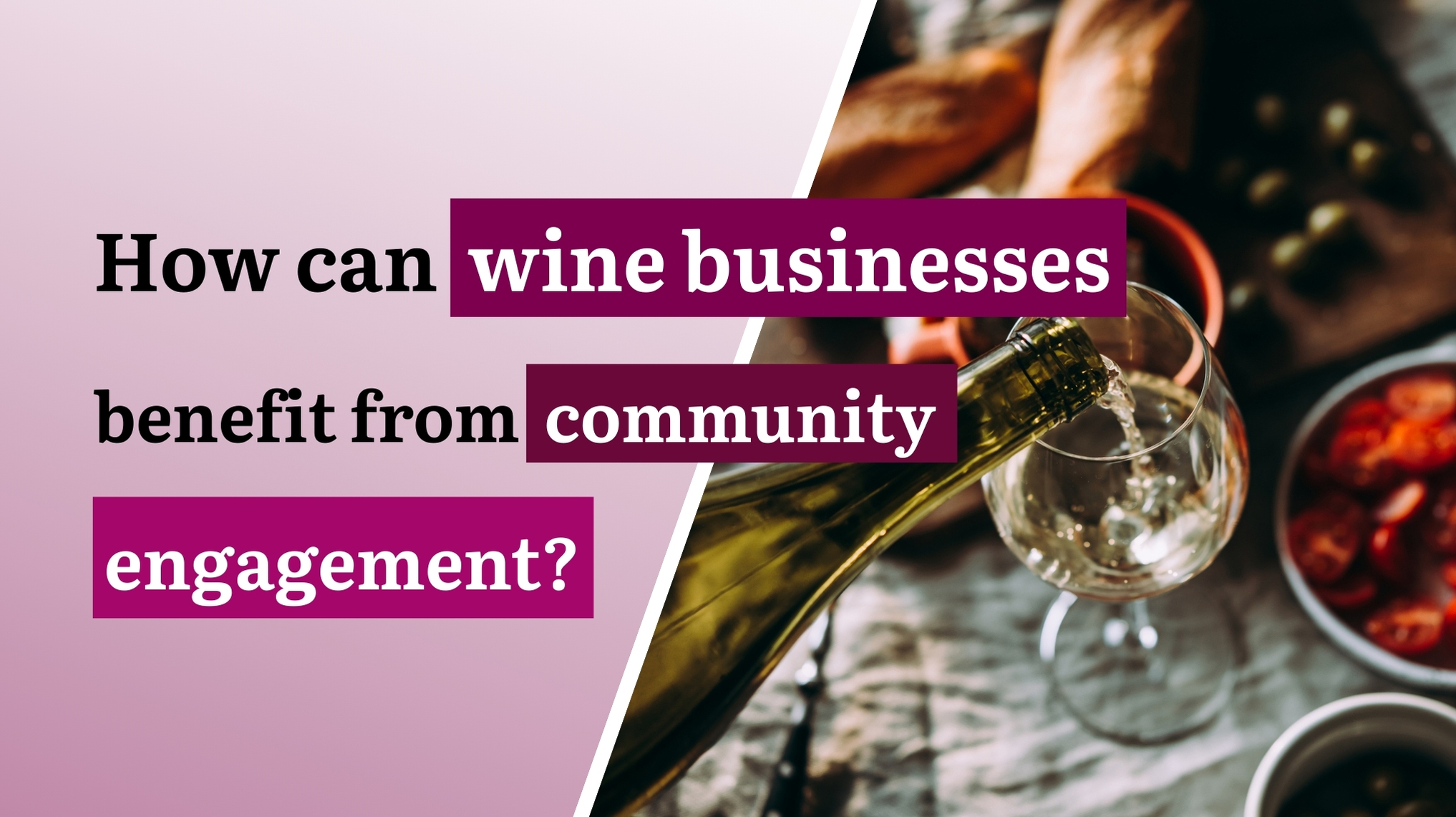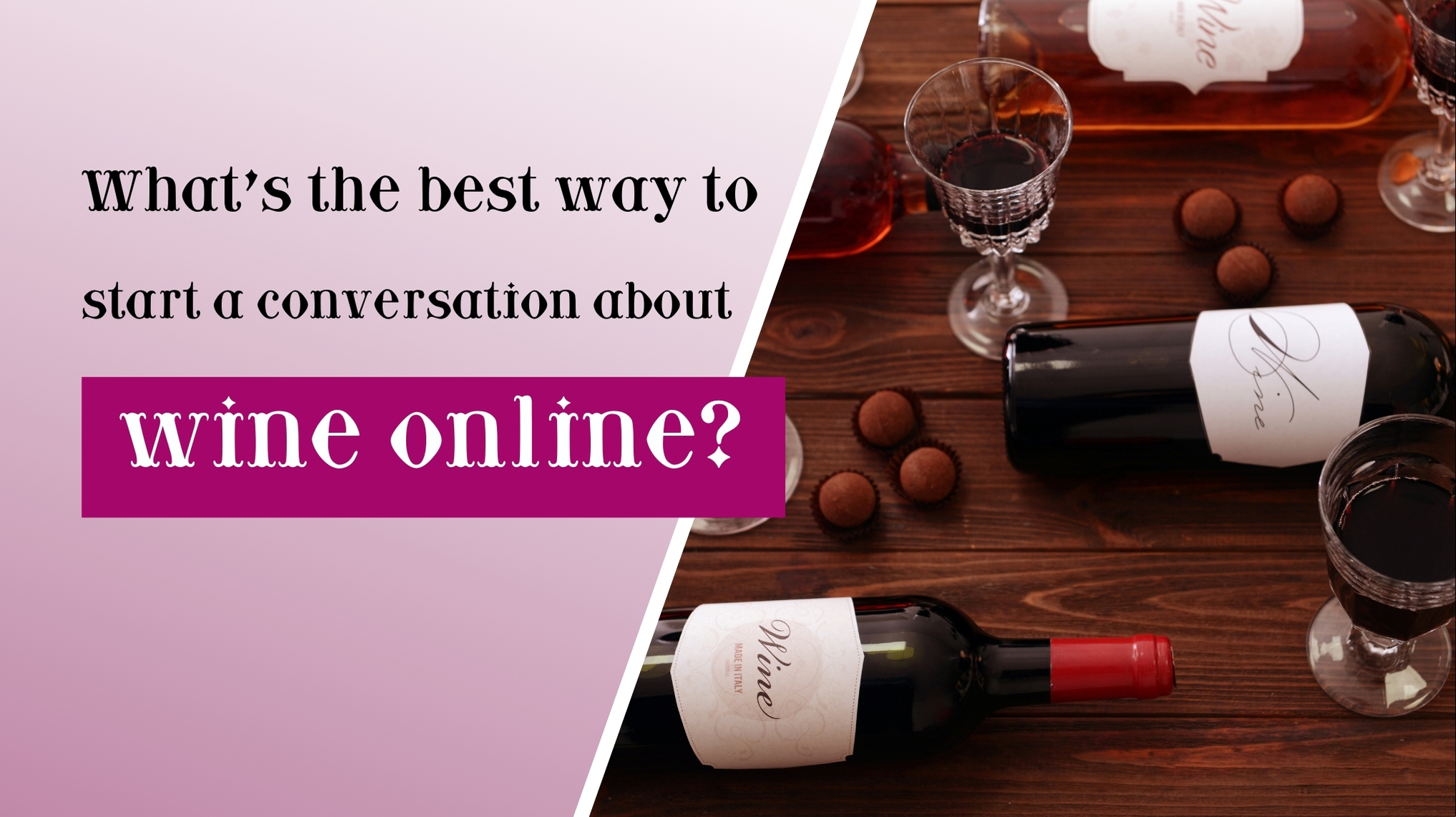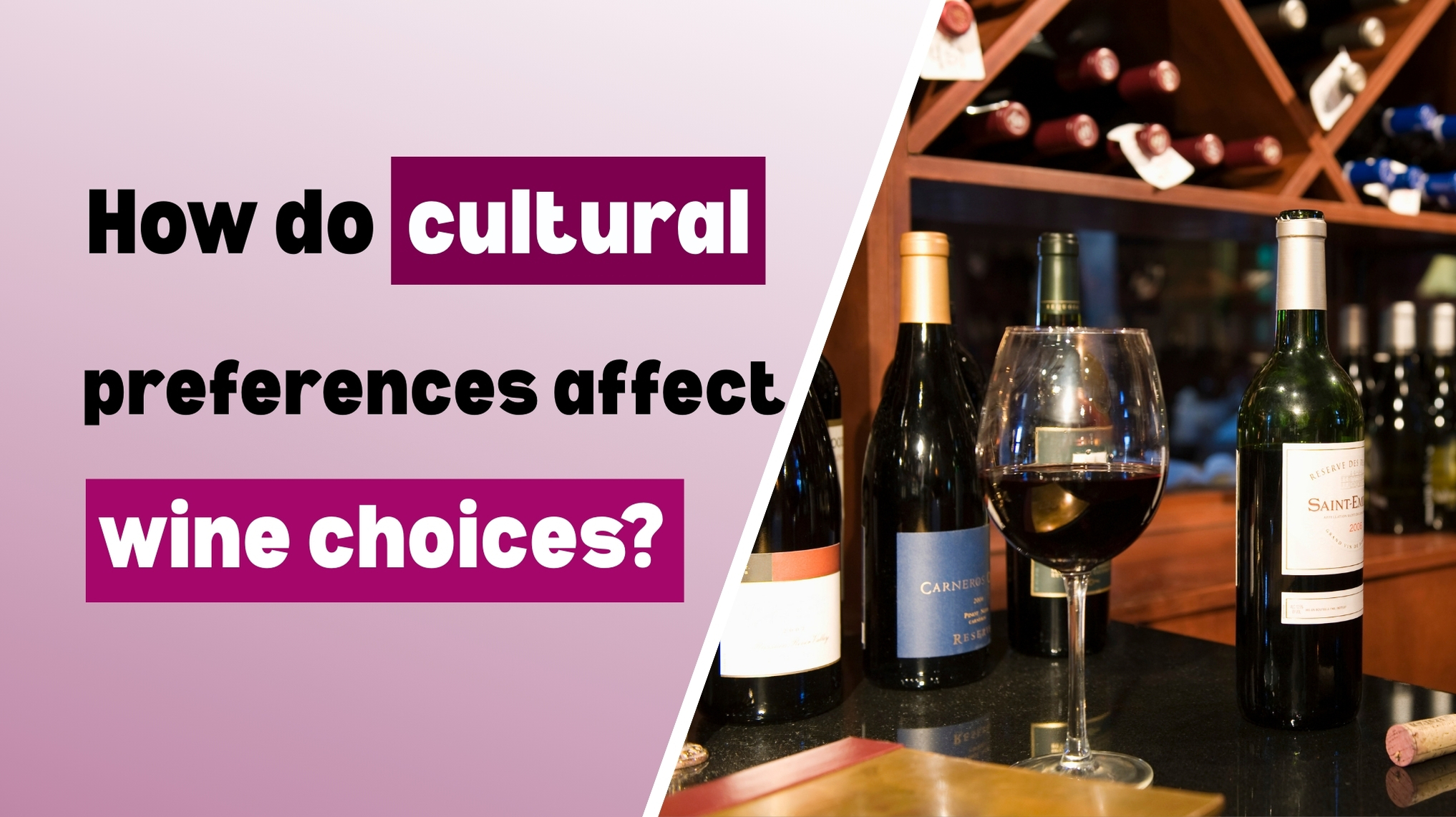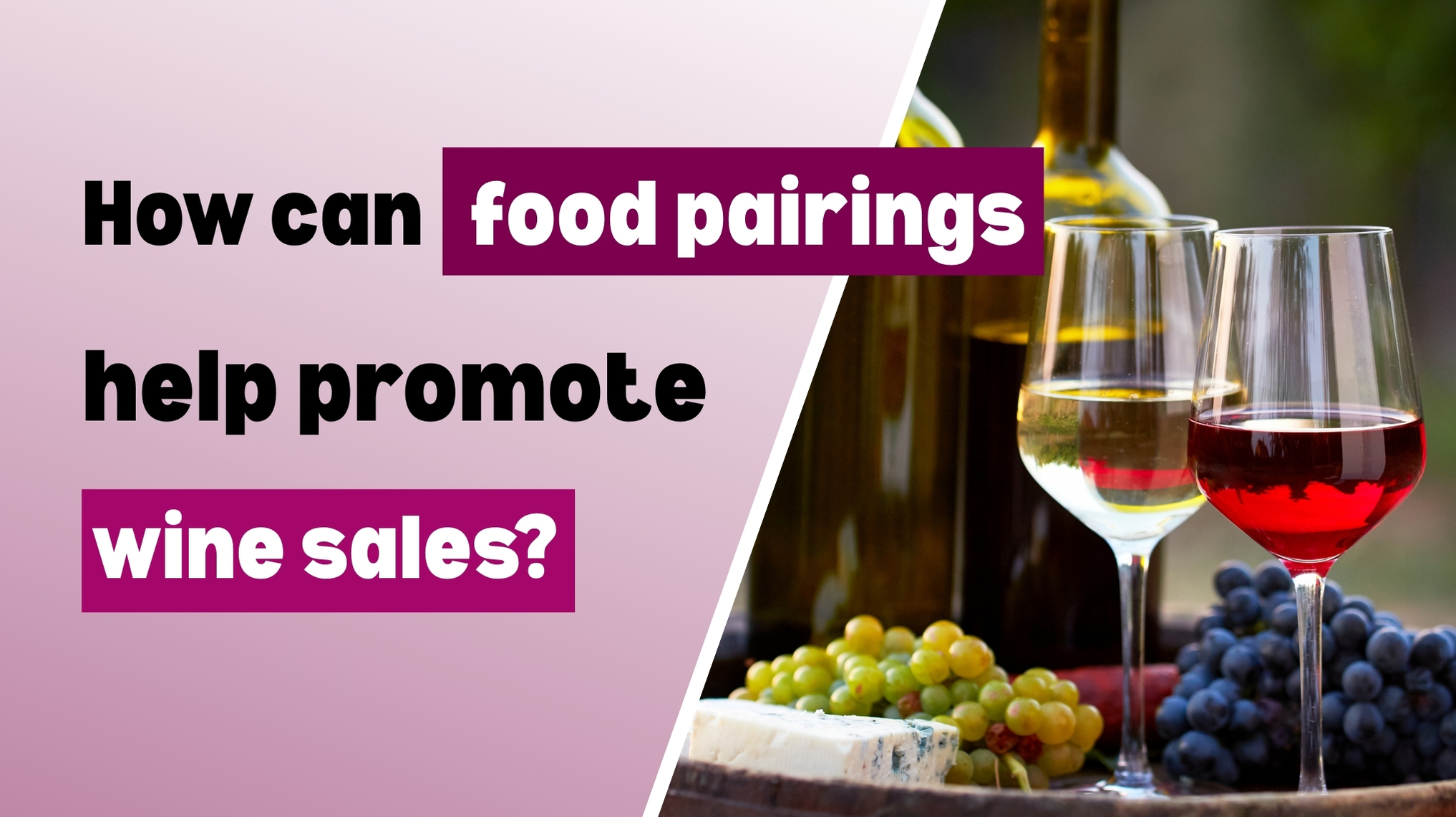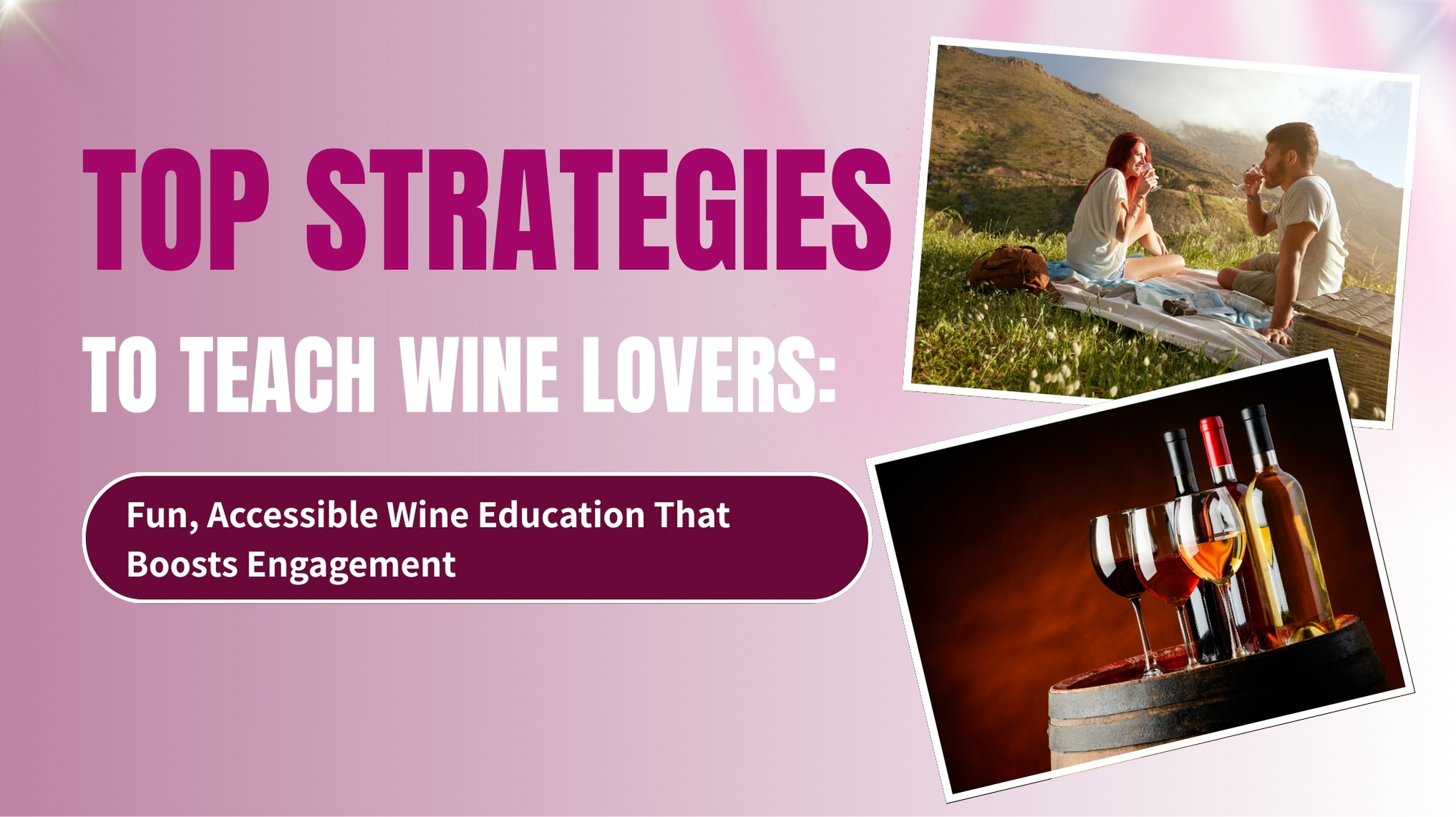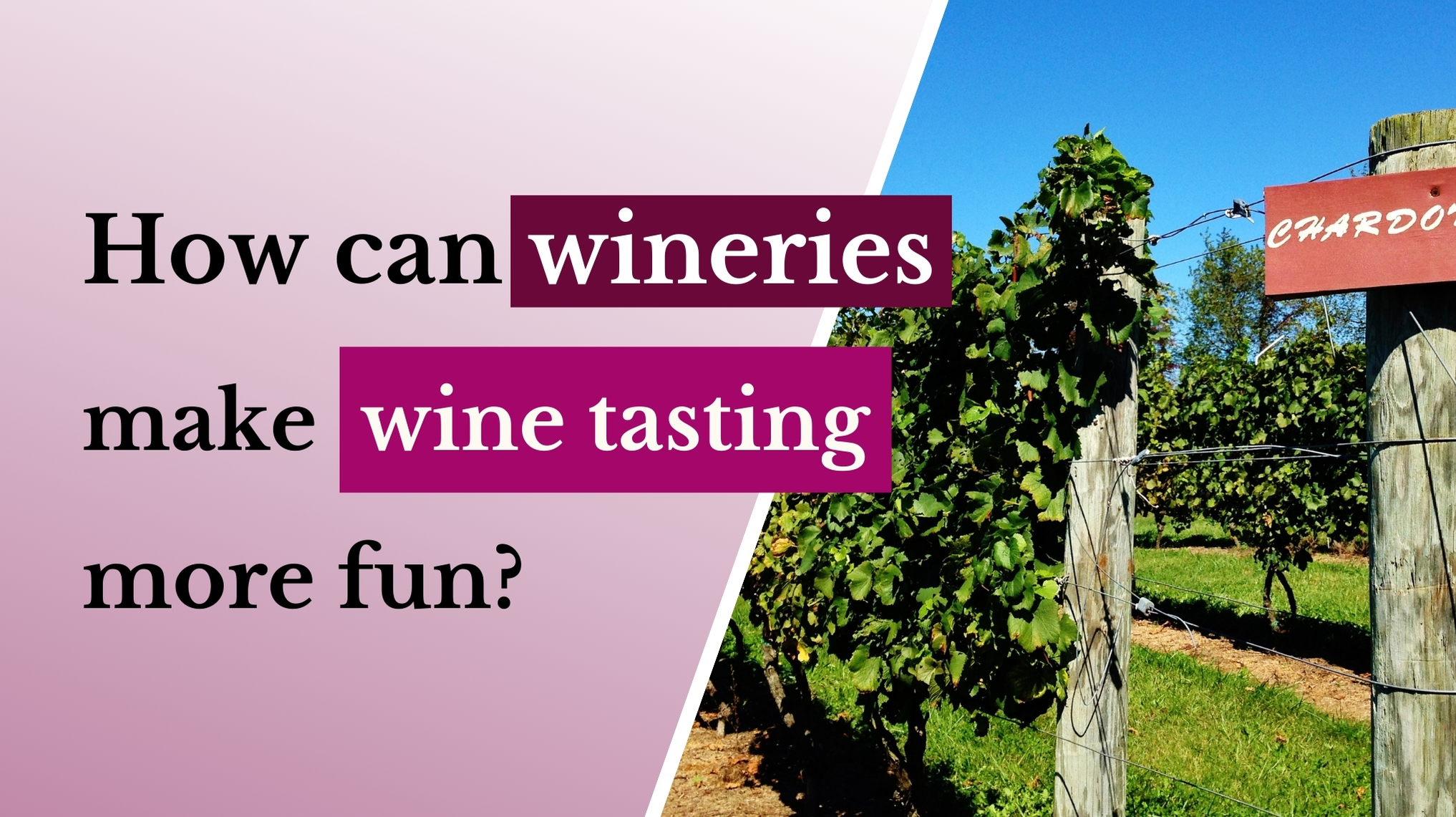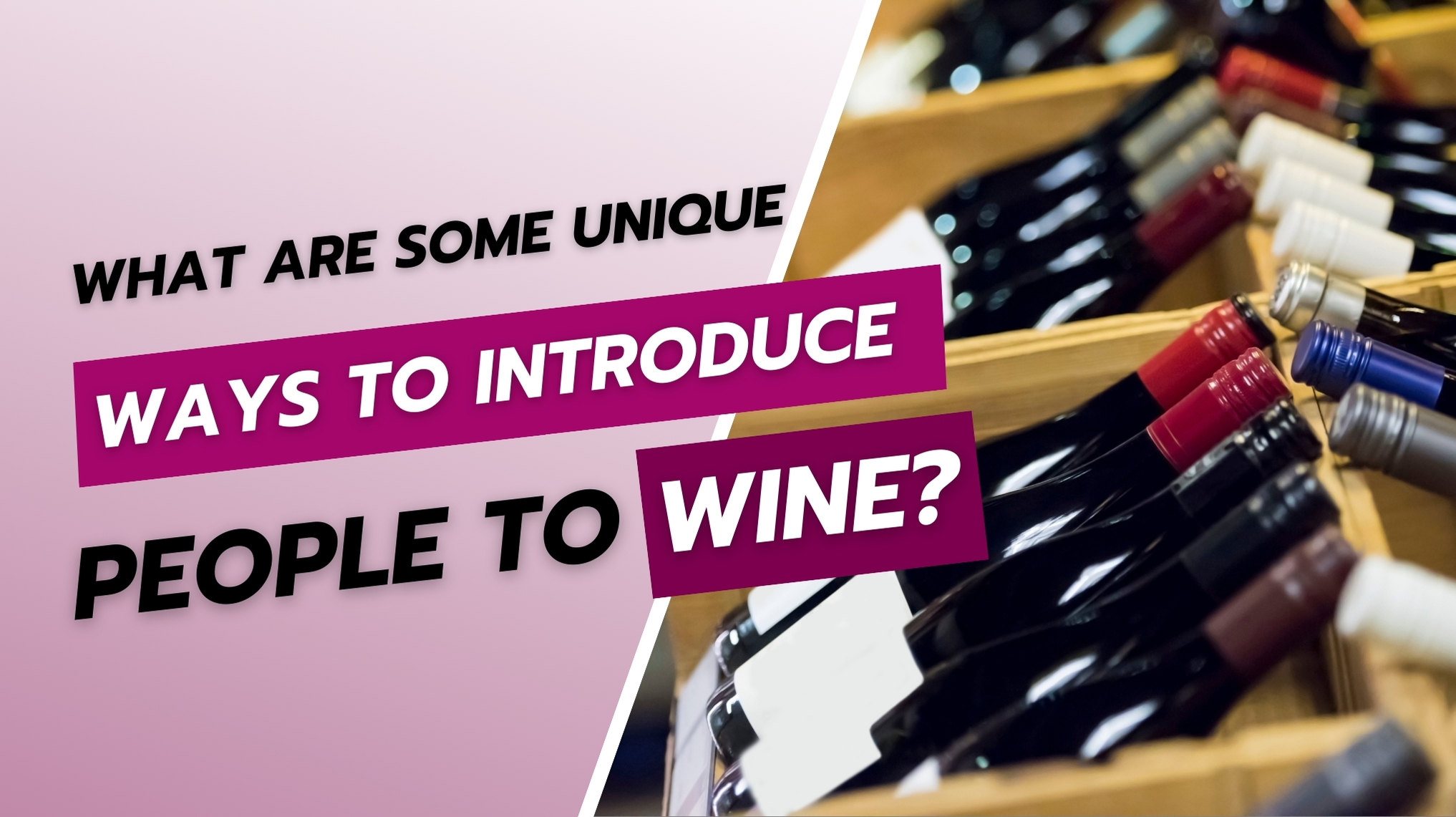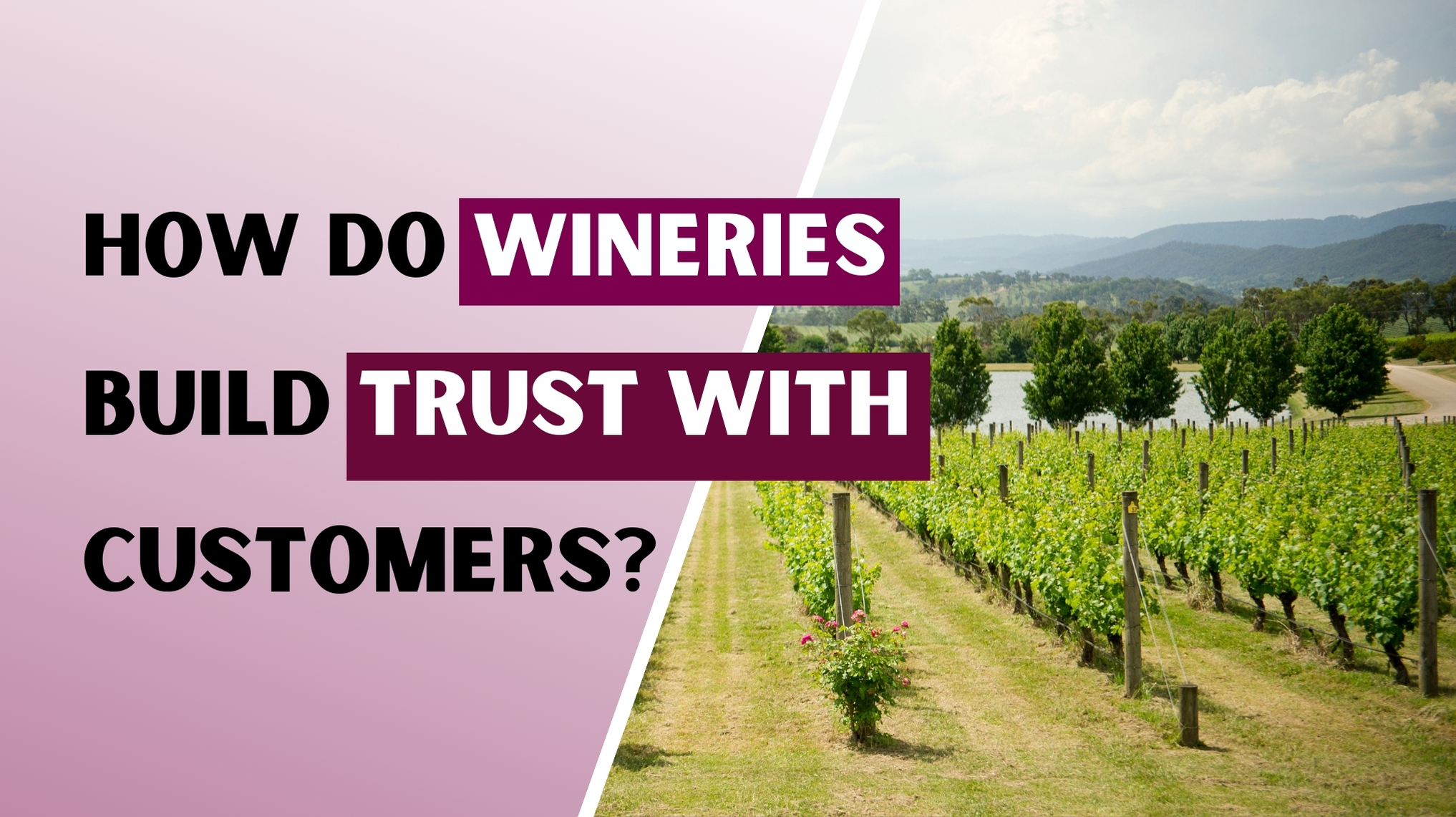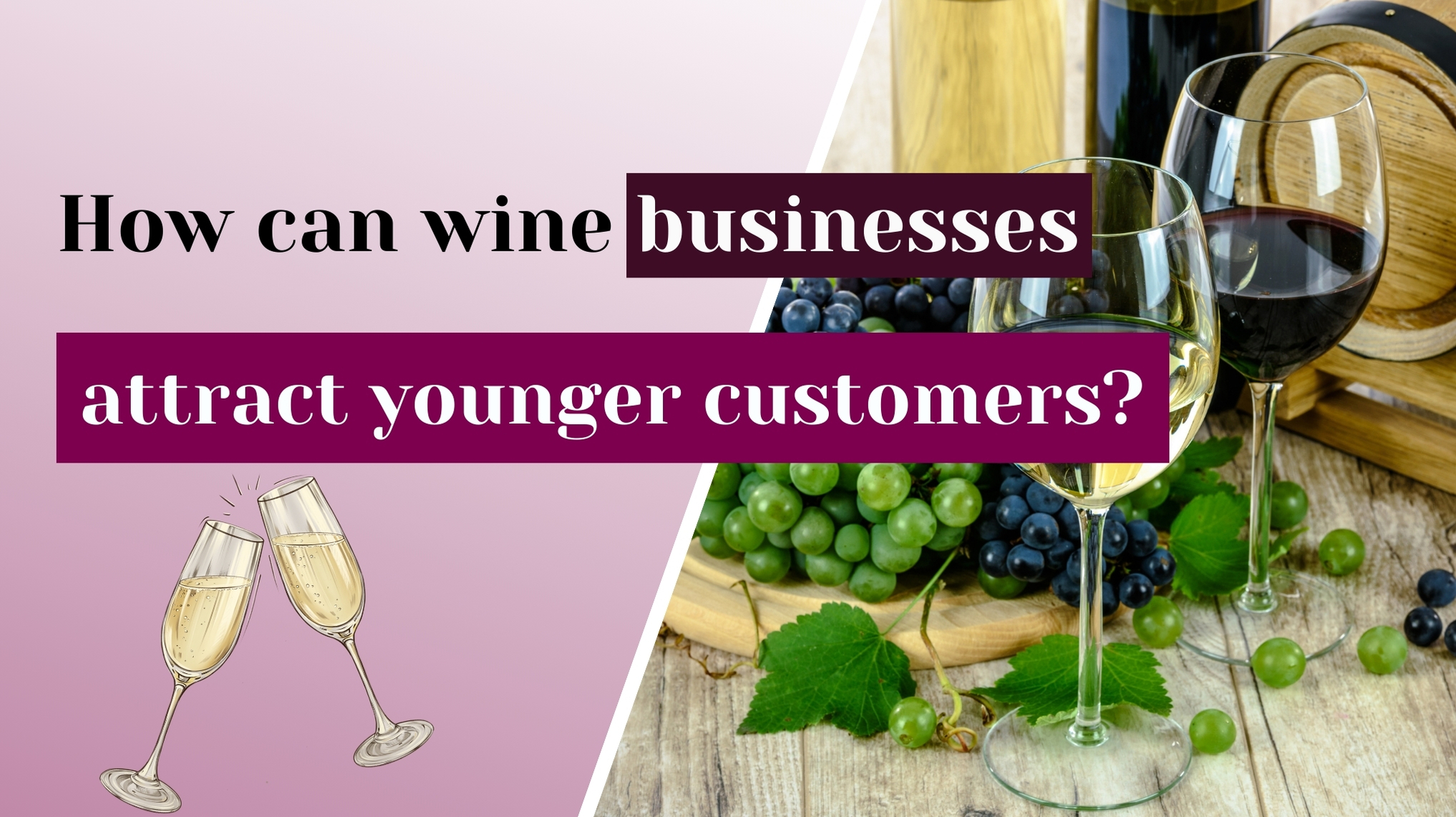Why Influencer Marketing Matters in the Wine Industry?
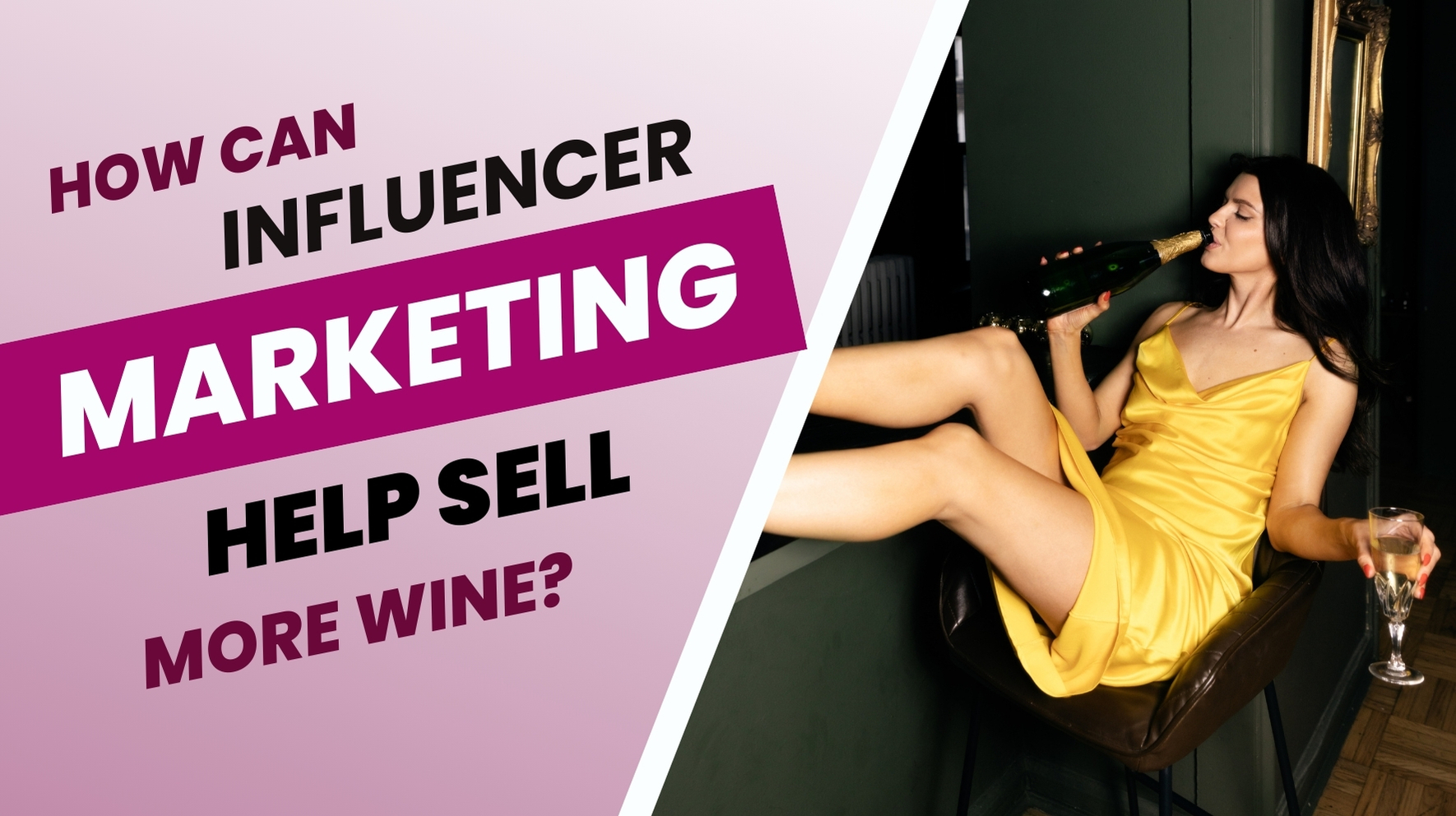
Selling wine online has exploded. In fact, wine e-commerce is expected to grow to $5.2 billion by 2025. Why? More people trust social media influencers to guide their buying decisions—especially Millennials and Gen Z.
Half of all people between 18 and 44 say they’ve bought something because an influencer recommended it. And with more than $24 billion expected to be spent on influencer marketing in 2024, wine brands have every reason to get involved.
Key Benefits of Influencer Marketing for Wine Brands
Authentic Reach That Builds Trust
People trust influencers because they feel real. Unlike polished ads, influencer posts often feel like a friendly suggestion. That’s why 52% of consumers say they prefer influencer content over brand ads.
Budget-Friendly Engagement
You don’t need to hire a celebrity. Micro-influencers (10K–50K followers) are often cheaper and more effective. They get 60% more engagement than big-name influencers—and they fit most winery budgets.
Targeted and Relevant Audiences
Work with influencers who speak to your ideal customer—whether that’s:
Eco-conscious Millennials
Trendy Gen Z wine drinkers
Foodies who love pairings
This helps you reach people who are already interested in wine.
Direct Boost in Sales
Influencers don’t just build awareness—they help you sell more wine. Half of all buyers say they’ve made a purchase after seeing an influencer talk about it. Even better, brands earn $6.50 for every $1 spent on influencer marketing.
Types of Influencers and What They Offer
Nano and Micro-Influencers
Nano (1K–10K followers): Great for local events or niche wines
Micro (10K–50K): Perfect for product reviews, pairings, and tutorials
These influencers feel close to their followers and often deliver better results per dollar.
Macro and Celebrity Influencers
Macro (50K–500K): Good for national campaigns or big launches
Celebrity (>500K): Huge reach, but expensive and less engaging
Use them if your goal is brand awareness on a big scale.
Creating an Effective Wine Influencer Campaign
Finding and Vetting the Right Influencers
Use platforms like IZEA or work with agencies to:
Check their follower quality
Review past content
Ensure they follow alcohol laws (e.g., age restrictions)
Ways to Collaborate
You don’t have to pay big bucks. Try:
Product gifting: Send wine for reviews
Paid partnerships: Offer money or a promo code
Vineyard visits: Invite influencers to your winery
Guest content: Let them post blogs or take over your socials
Content Ideas That Work
Behind-the-scenes videos of your vineyard
Tasting tips and wine pairings
Date night ideas with your wine
User challenges using branded hashtags
Choosing the Right Platform
Instagram: Great for photos and shoppable links
TikTok: Short, fun videos for younger users
YouTube: Longer-form content like virtual tastings
Pinterest: Recipes and pairing boards
Measuring the Success of Influencer Campaigns
Key Metrics to Track
Reach: How many people saw the content
Engagement: Likes, comments, shares
Click-through rate: Visitors to your store or website
Sales: Promo code uses or purchases
Earned Media Value: How much the content would cost as an ad
Using Tools for Better Reporting
Tools like IZEA, HypeAuditor, or in-platform analytics help you track performance and ROI so you can fine-tune your next campaign.
Case Studies: Real Success from Wine Brands
Casillero del Diablo’s Vineyard Trip
This brand invited an influencer for a full vineyard experience, including a partnership with Manchester United. The result? Tons of organic impressions and a spike in holiday wine sales.
Yellow Tail’s Summer Cocktail Campaign
Yellow Tail teamed up with a bartender influencer to create wine-based cocktails. Engagement jumped 45%, and e-commerce traffic spiked during summer.
Best Practices and What to Avoid
Be Authentic, Not Scripted
Let influencers use their voice. Followers can spot fake posts. Real stories work best.
Stay Legal and Transparent
Always use tags like #ad or #sponsored, and follow laws about alcohol advertising, including age limits.
Keep Campaigns Fresh and Inclusive
Don’t overuse the same influencers. Feature different voices and demographics to keep things exciting.
FAQs About Influencer Marketing for Wine Brands
1. Do small wineries need influencer marketing?
Yes! Small brands can gain big exposure with micro-influencers.
2. How much should we budget for influencers?
Start small—some micro-influencers charge as little as $100–$500 per post.
3. Can influencers actually sell wine?
Yes. Half of all buyers have bought something thanks to influencer content.
4. What content works best?
Videos showing wine pairings, behind-the-scenes looks, and fun tasting tips.
5. How do we track success?
Use promo codes, affiliate links, and social media insights.
6. Are giveaways a good idea?
Yes! They boost engagement and get your wine into more hands.

